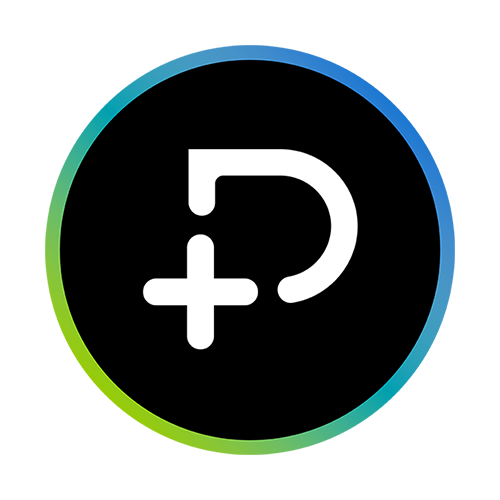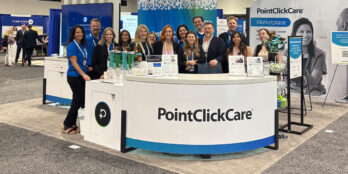
2020 Vision: The Future of Senior Living
 3 min
3 min
The year 2020. We all like to think it is further away than it really is — but just like objects in the side mirror of your car, it is much closer than it appears.
So how will the senior living industry look in 2020? For starters, there will be a lot more communities overall. And they’ll definitely be filled with many more residents.
Senior living has changed dramatically in the last five years, and it’s continuing to evolve. Here’s how we see senior living looking in the year 2020:
Successful senior living providers will adopt a medical model and take a hybrid approach blending with hospitality.
Senior living, which was once more of a hospitality model with a hint of health care, is adopting more of a health care/healthy lifestyle focus to attract and keep its residents. Senior living providers, while still eager to create a welcoming and comfortable environment, are recognizing that they are now — without any doubt — in the care business. And their care is starting at the medicine cabinet.
Medications are being administered, sometimes thousands per day, depending on a community’s size. In 2011, the average 50-year-old man took four prescription medications per day, according to AARP. People older than 65 take six medications per day on average, which amounted to 258 million prescriptions in 2012, according to pharmacy benefit management company Express Scripts.
By 2020, if not sooner, senior living providers will absolutely need to track medication management electronically in order to reduce adverse drug events and mitigate their risk as organizations. Paper records can be misplaced or destroyed and aren’t always accessible from anywhere at any time. It’s also near impossible to keep paper records current and up-to-date. To prove regulatory compliance, senior living providers in 2020 will need to have electronic health and medication records. Without them, it’s next to impossible to guarantee that risks are properly managed.
Residents will be older and will require more care.
Nowadays, people are living longer. The average lifespan of a child born in 2013 will be 80 years old — more than 10 years longer than their grandparents who were born in 1950, according to Express Scripts.
That’s wonderful! That also means they’ll require more care as senior living residents — and they’ll expect it.
Quite simply, senior living will eventually house residents who have greater and greater acuity, and this will come at a cost. Successful operators will carefully and accurately document how much care they’re providing to residents in order to demonstrate to residents’ families the quality and cost of their good care. Again, documentation — electronically — is key here.
Senior living demand — and industry competition — will increase.
Ten thousand baby boomers are turning 65 every day. To meet the demand presented by this unprecedented influx of American seniors, the senior living industry will have to build 25,000 new senior housing units per year between 2015 and 2020, according to the American Seniors Housing Association.
In fact, the United States will need more than 3 million seniors housing units by 2040 — about 2 million of which, as of today, still need to be built.
Whether these units come from new market entrants or are built by existing industry players, there will be more competition for residents in 2020. Successful senior living providers, will position themselves as ‘stand outs’ from the pack by providing hybrid models of care and hospitality — and to the victor will go the spoils. Another benefit to the hybrid communities? Top talent! As the industry need for skilled workers grows, talent will have a choice where to go — and progressive communities is where they will start their search.
The care continuum will blur.
By 2020, you won’t be just a senior living provider, just a skilled nursing provider, or just a home health care provider — you’ll be all of the above. The walls that separate these markets are falling away, blurring the lines as to where care begins and transitions.
“I don’t think anyone can stand up and say, ‘I’m in this market, I’m in that market.’ You’re in the post-acute market, period-end-stop,” says PointClickCare founder and Chief Technology Officer Dave Wessinger.
Senior living has already changed from a care setting-specific model to a patient-centered model, where services can happen anywhere. Accordingly, providers will have to determine how they manage that change, how they get paid for it, and who they should partner with. It’s key that skilled nursing, senior care, and post-acute care providers get on the same page and are able to electronically share information without a hitch. In 2020, interoperability will be the name of the game.
It may only be 2016, but senior living providers have to start preparing for this new “2020” reality sooner than later! So take a closer look at that side mirror, which lane are you going to be in?
August 4, 2016






